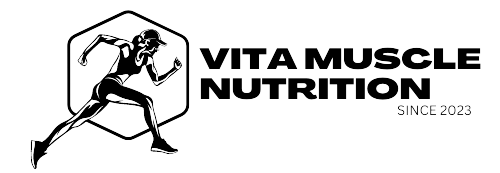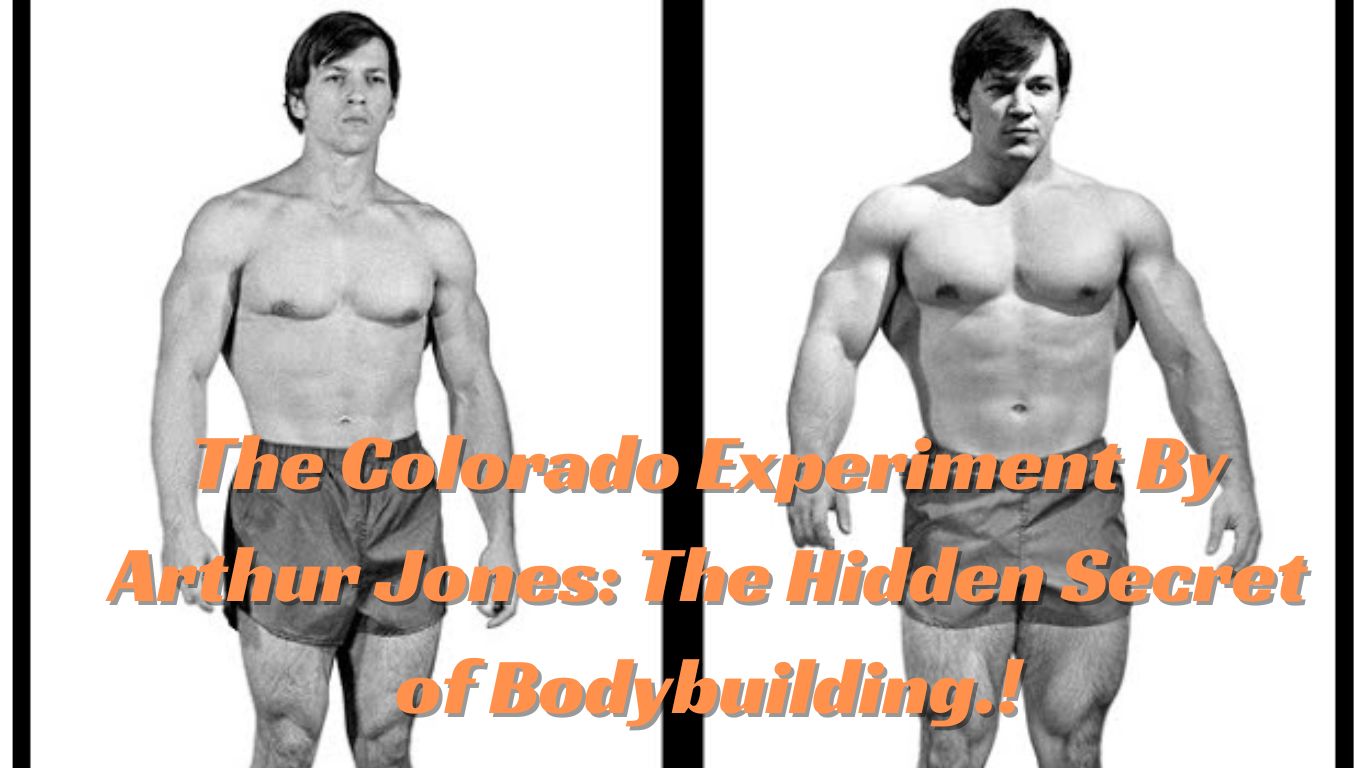If you’re a fitness enthusiast or a bodybuilding aficionado, you’ve likely heard of the Colorado Experiment. This legendary tale of a 28-day experiment conducted by the eccentric and innovative Arthur Jones in the late 1970s has long been a topic of fascination in the world of bodybuilding. The Colorado Experiment is a story of mind-boggling gains and the quest for the ultimate physique.
In this comprehensive blog post, we’ll delve deep into the fascinating world of the Colorado Experiment, exploring the science behind it, the controversy it generated, and its enduring legacy in the realm of bodybuilding. We’ll also discuss how the principles and insights from this experiment can benefit modern fitness enthusiasts. So, let’s embark on this journey to uncover the hidden secrets of bodybuilding that the Colorado Experiment reveals.
Who Was Arthur Jones?
Before we dive into the Colorado Experiment, let’s get to know the man behind it – Arthur Jones. Jones was a remarkable figure in the fitness industry, known for his unorthodox ideas and groundbreaking inventions. He is often credited with revolutionizing the field of bodybuilding and strength training.
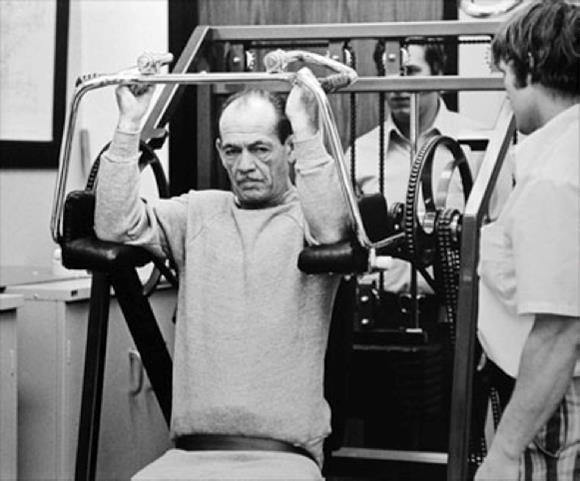
Arthur Jones is the inventor of the Nautilus exercise machines, which became a cornerstone of modern fitness facilities. These machines allowed for more precise and controlled resistance training, offering a novel approach to muscle development. Jones was not just an equipment inventor; he was a true pioneer, always pushing the boundaries of what was possible in the realm of human strength and fitness.
The Genesis of the Colorado Experiment
The Colorado Experiment came into existence in 1973 when Arthur Jones met Casey Viator, a young and promising bodybuilder. Viator was a relatively unknown figure in the bodybuilding world at the time, but he had enormous potential. Jones believed that Viator had the genetic makeup to become one of the most muscular men on the planet.
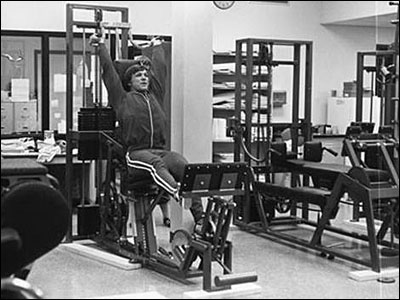
Jones was eager to put his Nautilus machines to the test, and he saw Viator as the perfect subject. The idea was simple yet audacious: to see how much muscle a person could gain in a shockingly short amount of time using Jones’s specialized training methods and equipment.
The Experiment’s Structure
The Colorado Experiment had a meticulously planned structure. Viator would train for just 28 days, during which he would follow a highly intense and high-frequency workout routine. Viator trained six days a week, sometimes twice a day, focusing on high-intensity, low-volume workouts.
His diet was equally extreme. Viator consumed a meager 1,000 calories a day, an intake significantly lower than his maintenance calories. This extreme caloric deficit was expected to accelerate fat loss and increase muscle definition.
The experiment included precise measurements of Viator’s body composition and strength at regular intervals. These measurements allowed Jones to track the progress and make necessary adjustments to the training and diet.
Unbelievable Gains
The results of the Colorado Experiment were nothing short of astonishing. In just 28 days, Casey Viator’s body underwent a remarkable transformation. He gained an incredible 63 pounds of lean muscle, going from 166 pounds to 229 pounds. What’s even more impressive is that Viator’s body fat percentage dropped significantly during this period.
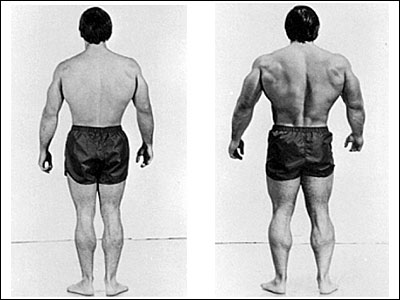
This rapid transformation left the bodybuilding community in disbelief. It seemed impossible that someone could achieve such extraordinary gains in such a short amount of time. The Colorado Experiment became a subject of intense scrutiny and debate among bodybuilders, fitness experts, and scientists.
The Controversy Surrounding the Colorado Experiment
The Colorado Experiment’s results were met with skepticism and disbelief by many in the fitness and bodybuilding community. Critics argued that the experiment was flawed, pointing out that Viator was a beginner, which could explain the rapid progress. Others questioned the accuracy of the measurements or the long-term sustainability of such an extreme regimen.
Arthur Jones was no stranger to controversy, and he was known for his brash and unapologetic personality. He defended the experiment vigorously, insisting that the results were accurate and that they demonstrated the untapped potential of the human body.

Despite the controversy, the Colorado Experiment left an indelible mark on the fitness world. It raised questions about conventional training methods and challenged the limits of what could be achieved in a short period.
The Legacy of the Colorado Experiment
The Colorado Experiment’s legacy endures, and it continues to be a source of inspiration and curiosity for fitness enthusiasts and bodybuilders. While the specifics of the experiment may be debated, it undeniably pushed the boundaries of what was thought possible in terms of rapid muscle gain and fat loss.
One of the key takeaways from the Colorado Experiment is the importance of intensity in training. Viator’s workouts were brutally intense, and this level of intensity played a pivotal role in his transformation. High-intensity training has since become a central principle in many bodybuilding and fitness programs.
Additionally, the experiment shed light on the significance of adequate rest and recovery. Despite the intense workouts, Viator’s progress was monitored closely, and he was given sufficient time to recuperate. This emphasizes the importance of proper recovery in muscle growth and overall health.
Modern Applications of Colorado Experiment Principles
While the extreme nature of the Colorado Experiment might not be suitable for most people, the principles it introduced can be adapted to modern fitness routines. Here are a few key takeaways that can benefit fitness enthusiasts today:
- High-Intensity Training: Introducing high-intensity training techniques into your workouts can help stimulate muscle growth and improve overall fitness. Techniques like supersets, drop sets, and time-under-tension exercises can be incorporated.
- Nutrient Timing: Proper nutrient timing and meal planning can optimize your progress. While an extremely low-calorie diet like Viator’s is not advisable, understanding when and what to eat before and after workouts can make a significant difference.
- Progress Tracking: Regularly tracking your progress with measurements and strength tests can help you stay on course and adjust your training and nutrition plan as needed.
- Adequate Rest and Recovery: Giving your body time to recover is crucial for muscle growth and injury prevention. Ensure you get enough sleep and practice active recovery techniques like stretching and foam rolling.
- Consistency: The Colorado Experiment showcased the power of consistent training. Regardless of the specific program you follow, consistency is key to achieving your fitness goals.
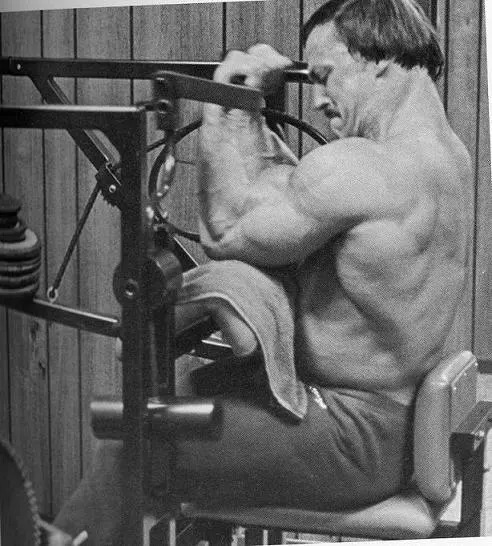
Conclusion
The Colorado Experiment by Arthur Jones remains a remarkable chapter in the history of bodybuilding and fitness. While it has faced its share of controversy and skepticism, it has also offered valuable insights into the potential of the human body to adapt and grow. The principles of high-intensity training, nutrient timing, progress tracking, rest, and consistency can be applied to modern fitness routines to achieve remarkable results.
The Colorado Experiment reminds us that the quest for the ultimate physique is not limited by time but rather by our dedication, innovation, and our willingness to push the boundaries of what we believe is possible. Arthur Jones, with his eccentric ideas and unorthodox methods, has certainly left a lasting legacy in the world of bodybuilding. Whether you aim to transform your body or simply improve your fitness, the Colorado Experiment teaches us that with the right mindset and approach, incredible results are within reach.
Frequently Asked Questions (FAQs)
- What Was the Main Goal of the Colorado Experiment?
The primary goal of the Colorado Experiment was to test the limits of muscle growth and fat loss within a short period. Arthur Jones aimed to determine whether it was possible to achieve rapid and significant changes in a person’s physique through an intensive training regimen and calorie-restricted diet. - Can the Results of the Colorado Experiment Be Replicated by Average Fitness Enthusiasts?
The extreme nature of the Colorado Experiment, particularly the low-calorie diet and high-intensity training, is not recommended for most individuals. While the principles of intensity and monitoring progress can be applied, trying to replicate the exact results without professional supervision and guidance is not advisable and can be potentially harmful. - Were There Any Long-Term Effects on Casey Viator’s Health After the Experiment?
Casey Viator’s health after the Colorado Experiment has been a subject of concern for some. While the experiment did lead to rapid muscle gains, it is essential to note that such an extreme regimen may not be sustainable or healthy in the long run. There is limited information available about Viator’s health post-experiment, but it highlights the importance of balanced and sustainable fitness practices. - What Role Did Arthur Jones’ Nautilus Machines Play in the Experiment?
Arthur Jones developed the Nautilus exercise machines, which were a crucial part of the Colorado Experiment. These machines allowed for more precise and controlled resistance training, contributing to the intensity of Viator’s workouts. While Nautilus machines are no longer as prominent, modern fitness facilities have evolved to include similar resistance training equipment that can help individuals achieve targeted muscle development. - How Can the Principles of the Colorado Experiment Benefit Modern Fitness Programs?
The principles derived from the Colorado Experiment, such as high-intensity training, nutrient timing, progress tracking, adequate rest, and consistency, can certainly benefit modern fitness programs. These principles emphasize the importance of precision, dedication, and adaptation in achieving fitness goals. By integrating them into your training and nutrition regimen, you can maximize your results and work towards a stronger, leaner, and healthier body.
